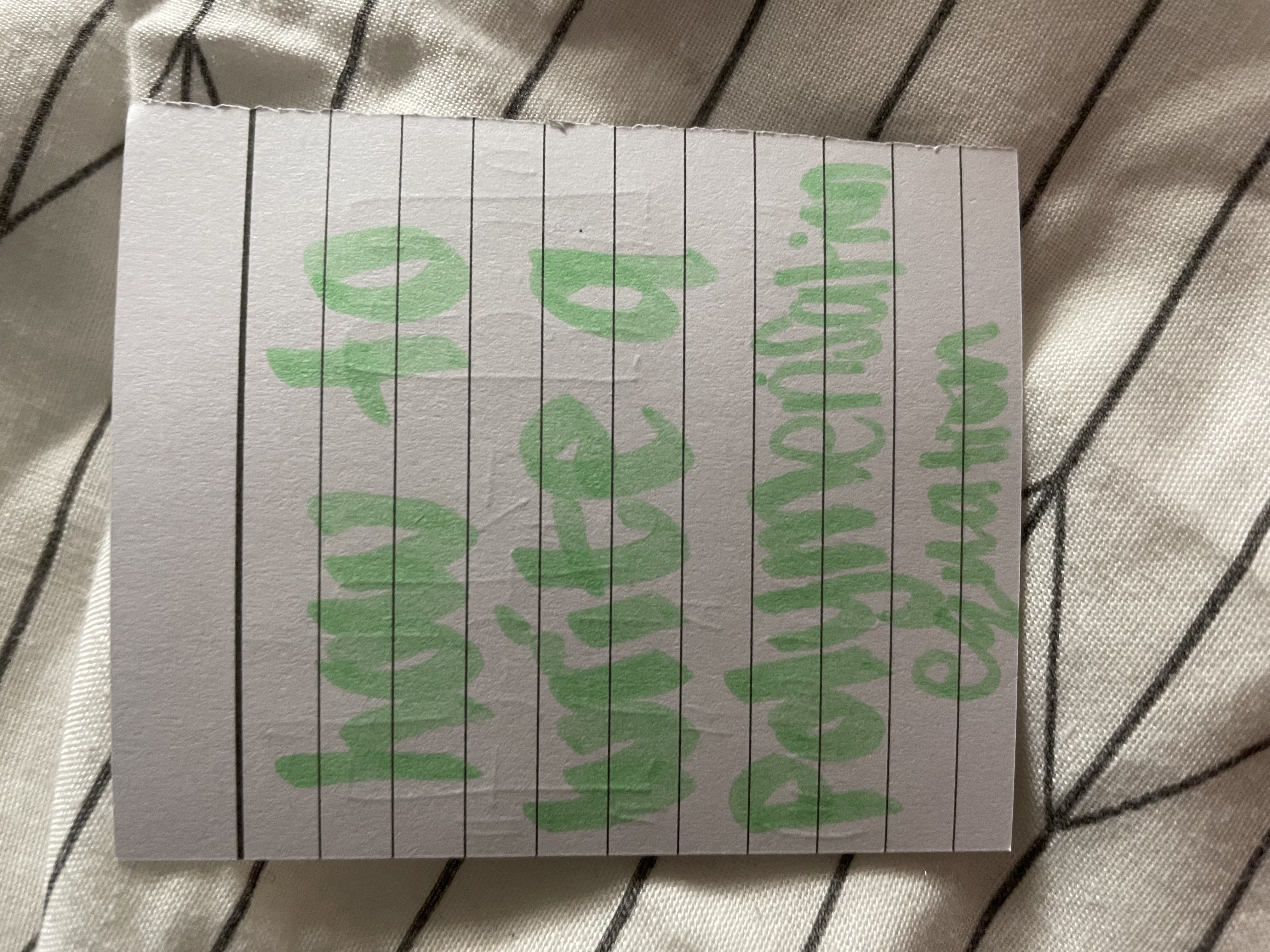GCSE WJEC Chemistry- Crude oil
1/44
There's no tags or description
Looks like no tags are added yet.
Name | Mastery | Learn | Test | Matching | Spaced |
|---|
No study sessions yet.
45 Terms
overall energy change is positive reaction is…
endothermic
overall energy change negative reaction is…
exothermic
overall energy change
total energy needed to break bonds MINUS energy released when new bonds form
bond energy
energy needed to break bond + energy released when bond forms
drawing exothermic reactions
put reactants higher than products
drawing endothermic reactions
put reactants lower than products
activation energy
min amount of energy required for a reaction
exothermic
heat released into surroundings
endothermic
heat absorbed from surroundings
fractions contain
mixtures of hydro-carbons (alkanes) with similar boiling points
crude oil
mixture of hydro-carbons that was formed over millions of years from marine organism remains
hydrogen fuel A
-only produces water as a byproduct
-renewable
alkanes bonding
every carbon atom has single bonds
alkene bonding
contains one double carbon bond → rest are single
methene
does not exist
alkene molecules are…
unsaturated + very reactive
alkane molecules are…
saturated + unreactive
hydrocarbon order
meth (many)
eth (elephants)
prop (pray)
but (but)
pent (praying)
hex (hurts)
alkene genreal formula
CnH2n
alkane genreal formula
CnH2n+2
Carbon dioxide fire extinguisher use + reason
electrical + chemical → takes away oxygen
hydrogen fuel D
-difficulty storing
-explosive
crude oil negatives
oil spills → ruin livelyhood
crude oil positives
-brings in money for government
-provides jobs
global warming effect
more extreme weather + more flooding
fractional distillation importance in daily lives
produces many useful products (plastic) + important source of fuels
bottom of fractional distillation qualities
-less flammable
-more viscous
-dark
-high boiling point
top of fractional distillation qualities
-more flammable
-less viscous
-light
-low boiling point
hydro-carbons
contains hydrogen and carbon atoms only
fire triangle
oxygen
fuel
heat
plastic D
made from non-renewable resources
creates pollution
have to recycle
plastic A
cheap
durable
many uses
isomers
same molecular formula but different structure
alkene bromine water reaction
decolourises bromine water
poly(ethene)
lightweight + waterproof → buckets + pipe
PVC
strong + light → window frames + doors
poly(propene)
tough + flexible → ropes + carpets
making polymers
before → monomer has double bond
after→ all single bonds poly (name)
PTFE
non-flammable + used as a non-stick surface in pans
cracking
breaking down large molecules into smaller more useful ones


What happens in polymerisation
double bond splits + molecules form chains
conditions needed for cracking
high temp + absence of air
butane isomer name
2-methylpropane
why alkenes de-colourise bromine water
bromine atoms attatch to molecules